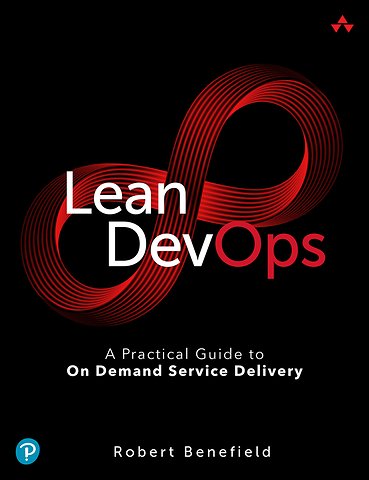Lean DevOps
A Practical Guide to On Demand Service Delivery
Paperback Engels 2022 9780133847505Samenvatting
Lean DevOps offers a practical approach for implementing the principles and practices needed to enable DevOps within organizations large or small.
Robert Benefield draws on decades of in-the-trenches experience building and leading IT teams from start-ups to giant multinationals, including the first software-as-a-service providers, leading investment banks, and highly-regulated telecom and energy utilities. Using real world examples, he shows how applying agile and lean manufacturing techniques within a DevOps context can dramatically improve speed, quality, and business insight for outmaneuvering the competition.
Readers will learn how to respond to the transformational impact of companies like Amazon and Netflix, who are offering services faster, cheaper, and with higher quality and innovation, while disrupting foundational concepts of IT infrastructure, software, and service delivery.
Benefield shows how to apply agile practices such as Scrum and Kanban in running and managing software, offering actionable advice for integrating popular agile practices such as continuous delivery with DevOps, and gaining more value from all of them. He shares both the "Big Picture" to help readers plan and begin their journeys, and specific tips to use every step of the way.
Specificaties
Lezersrecensies
Inhoudsopgave
Rubrieken
- advisering
- algemeen management
- coaching en trainen
- communicatie en media
- economie
- financieel management
- inkoop en logistiek
- internet en social media
- it-management / ict
- juridisch
- leiderschap
- marketing
- mens en maatschappij
- non-profit
- ondernemen
- organisatiekunde
- personal finance
- personeelsmanagement
- persoonlijke effectiviteit
- projectmanagement
- psychologie
- reclame en verkoop
- strategisch management
- verandermanagement
- werk en loopbaan
